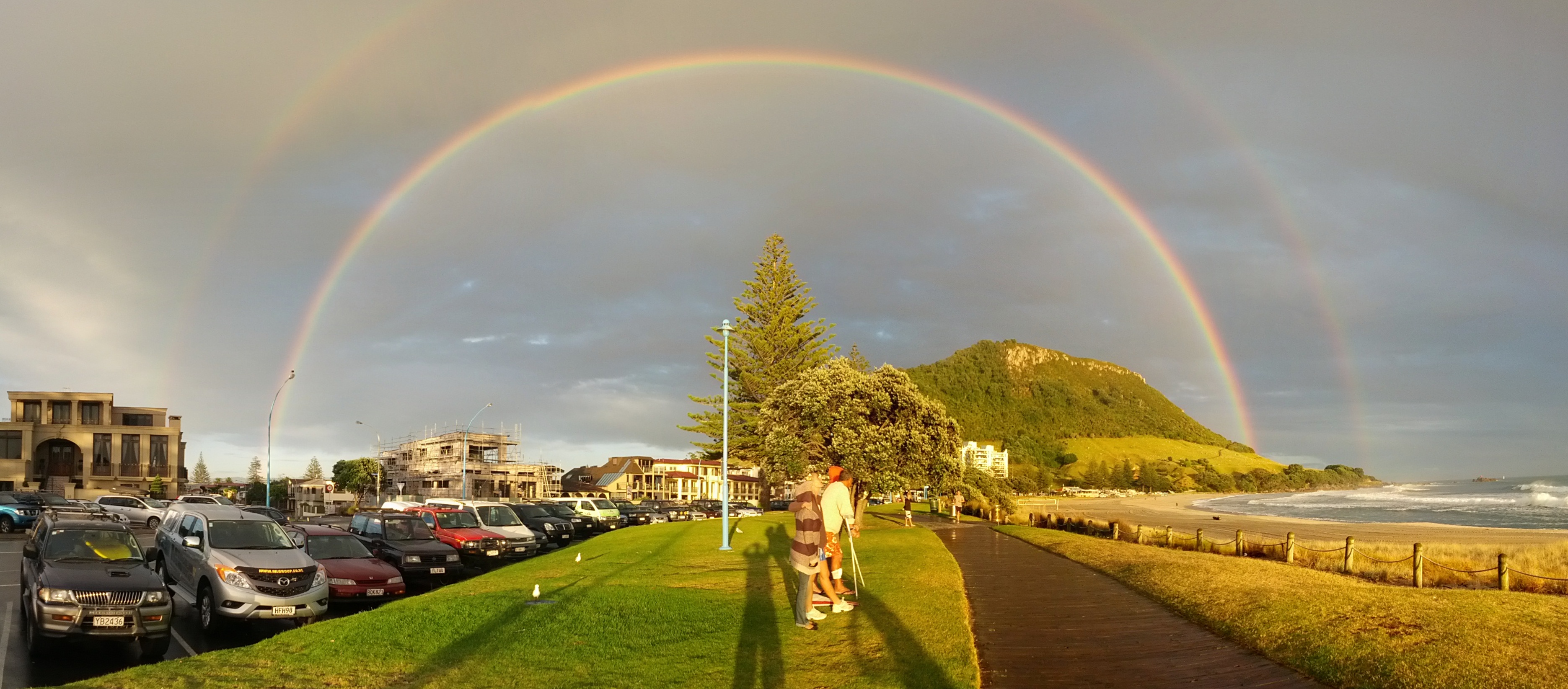10 Astonishing Facts About Why the Sky Looks Blue (And Sometimes Red!)
The sky above us is a canvas that constantly changes its hues, painting a mesmerizing picture of blues and reds. This celestial dance of colors is not just a visual spectacle but a complex interplay of science, nature, and perception. The sky’s shifting palette has inspired poets, artists, and scientists alike, each trying to decipher the mystery behind its transformations. This article delves into the 10 astonishing reasons why the sky oscillates between shades of blue and red, unraveling the intricate phenomena that dictate these changes. From the scientific principles of light scattering to the cultural interpretations of these colors, each section will explore a unique facet of this natural wonder. As we embark on this journey, prepare to see the sky through a new lens, appreciating the delicate balance of factors that create the breathtaking vistas we often take for granted.
1. Rayleigh Scattering - The Science of Blue Skies

One of the primary reasons the sky appears blue during the day is Rayleigh scattering. This scientific phenomenon occurs when sunlight interacts with the Earth’s atmosphere. The light from the sun is made up of different colors, each with varying wavelengths. Blue light has a shorter wavelength and is scattered in all directions by the gases and particles in the atmosphere more than other colors. This scattering causes the sky to appear blue to our eyes. However, the intensity of this blue can vary depending on factors such as air purity and the angle of the sun. Understanding Rayleigh scattering is crucial to appreciating why the sky is primarily blue during the day, setting the stage for the other factors that influence the sky’s color palette.
2. The Red Horizon - Sunset and Sunrise Spectacles

As the sun dips below the horizon or rises anew, the sky often transforms into a breathtaking array of reds, oranges, and pinks. This transition is due to the increased path length that sunlight must travel through the atmosphere during these times. As the light passes through more air, the shorter blue wavelengths scatter out of view, leaving the longer red wavelengths to dominate the sky. This phenomenon is further enhanced by atmospheric conditions such as humidity and air pollution, which can intensify the colors. Sunsets and sunrises are not only visually stunning but also serve as a reminder of the dynamic nature of our atmosphere and its impact on the sky’s appearance.
3. Atmospheric Particles - The Role of Dust and Pollution
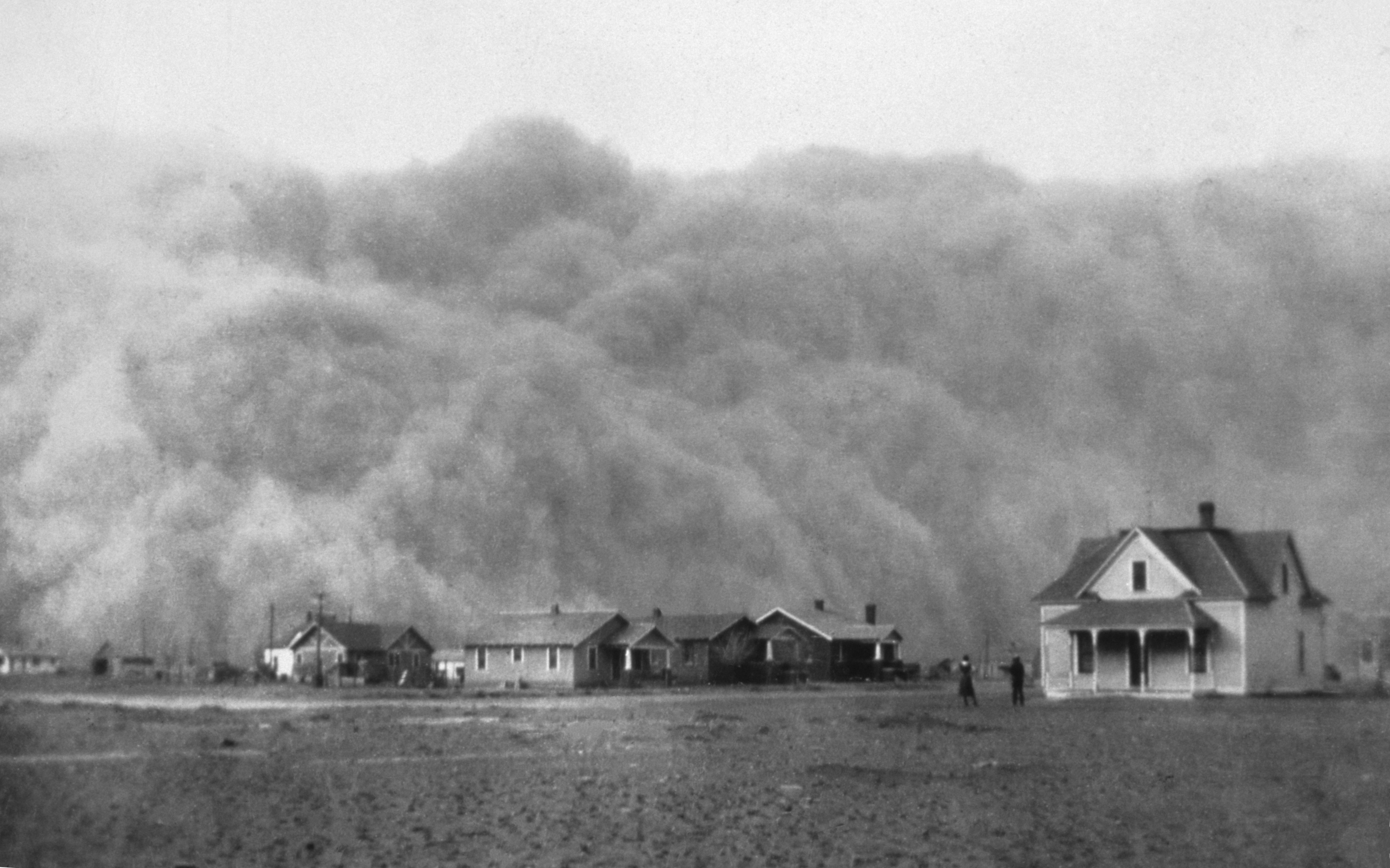
The presence of dust, pollutants, and other particles in the atmosphere can significantly alter the sky's color. These particles scatter light differently than the gases responsible for Rayleigh scattering, often enhancing the reds and oranges seen during sunrise and sunset. In areas with high pollution levels, the sky can take on a more muted or even brownish hue. Conversely, after a rainstorm or in pristine environments, the absence of these particles can lead to more vibrant blues. The interplay between atmospheric particles and light scattering underscores the delicate balance required to produce the sky's ever-changing colors, highlighting the impact of human activity on this natural phenomenon.
4. The Influence of the Sun’s Position
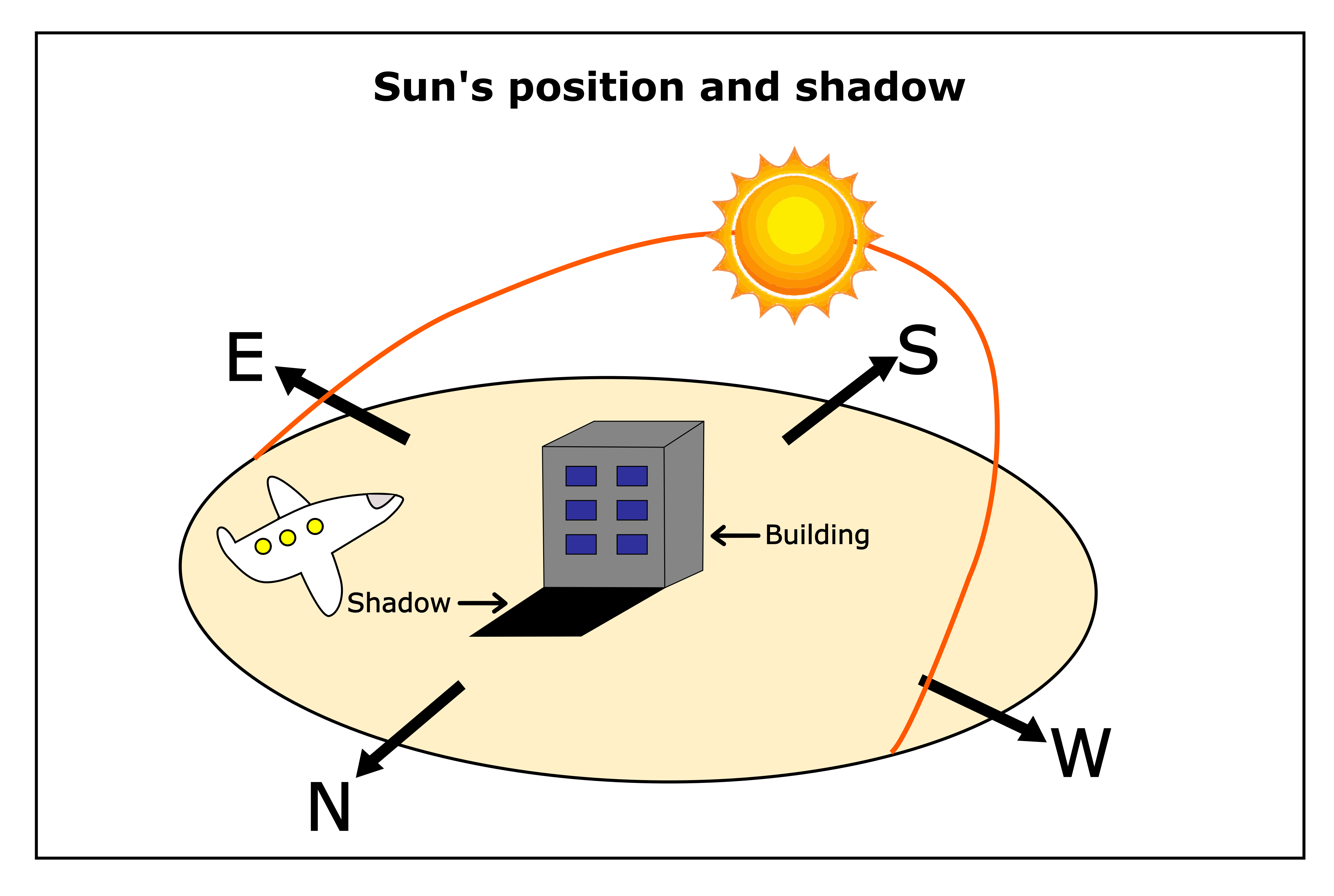
The position of the sun in the sky plays a crucial role in determining the sky’s color. When the sun is high overhead, the light has a shorter path through the atmosphere, allowing the blue wavelengths to dominate due to Rayleigh scattering. As the sun moves closer to the horizon, the path length increases, and more blue light is scattered out of view, allowing the reds and oranges to become more prominent. This shift not only affects the sky’s color but also its intensity, with midday skies appearing brighter than those at dawn or dusk. The sun’s position is a key factor in the sky’s color dynamics, influencing the interplay of light and atmosphere that creates the vibrant displays we see.
5. Weather Patterns and Atmospheric Conditions

Weather patterns and atmospheric conditions can have a profound impact on the sky’s color. Clear skies allow for the full effect of Rayleigh scattering, resulting in a deep blue hue. However, clouds can scatter light in different ways, often muting the blue or enhancing the reds during sunrise and sunset. Storms and atmospheric disturbances can introduce additional particles into the air, altering the scattering process and changing the sky’s color. These variations underscore the complexity of the atmospheric processes at play and highlight the influence of weather on the sky’s dynamic color palette.
6. The Polarization of Light
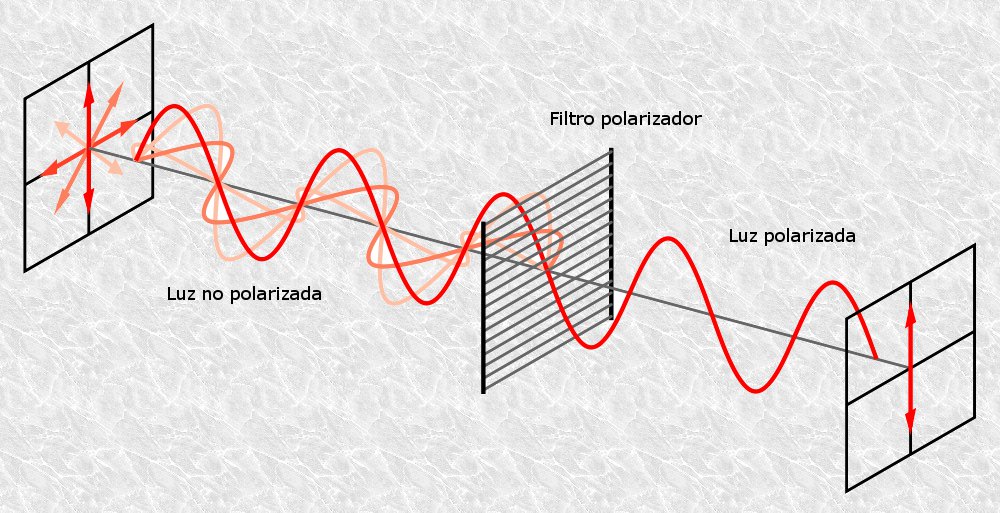
Light polarization is another factor that influences the sky’s appearance. When sunlight enters the Earth’s atmosphere, it becomes partially polarized due to scattering. This polarization can affect the intensity and color of the sky, particularly when viewed through polarized sunglasses or camera lenses. The degree of polarization varies with the sun’s position and atmospheric conditions, adding another layer of complexity to the sky’s color dynamics. Understanding light polarization provides insight into the subtle variations in the sky’s appearance, revealing yet another dimension of this natural phenomenon.
7. The Impact of Altitude

Altitude plays a significant role in the perception of the sky’s color. At higher altitudes, the atmosphere is thinner, resulting in less scattering of light and a deeper, more intense blue sky. This is why mountaintops and high-altitude locations often boast some of the most stunning blue skies. Conversely, at lower altitudes, the atmosphere is denser, leading to more scattering and a lighter blue hue. The impact of altitude on the sky’s color highlights the importance of atmospheric density in the scattering process and its influence on our perception of the sky.
8. Seasonal Variations in Sky Color
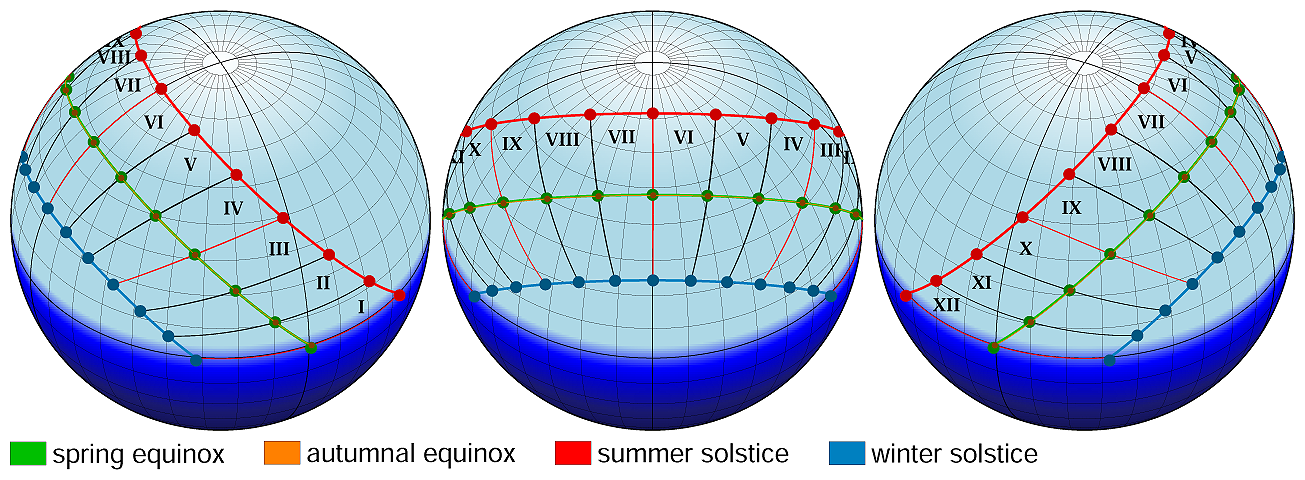
The changing seasons bring about shifts in the sky’s color palette. During the summer, the sun is higher in the sky, leading to longer days and more intense blue skies. In contrast, winter brings shorter days and a lower sun angle, often resulting in softer, more muted colors. Seasonal changes in weather patterns and atmospheric conditions also contribute to these variations, affecting the scattering of light and the sky’s appearance. Understanding the impact of seasons on the sky’s color provides a deeper appreciation for the cyclical nature of this phenomenon and its connection to the Earth’s orbit and tilt.
9. Cultural Interpretations of Sky Colors
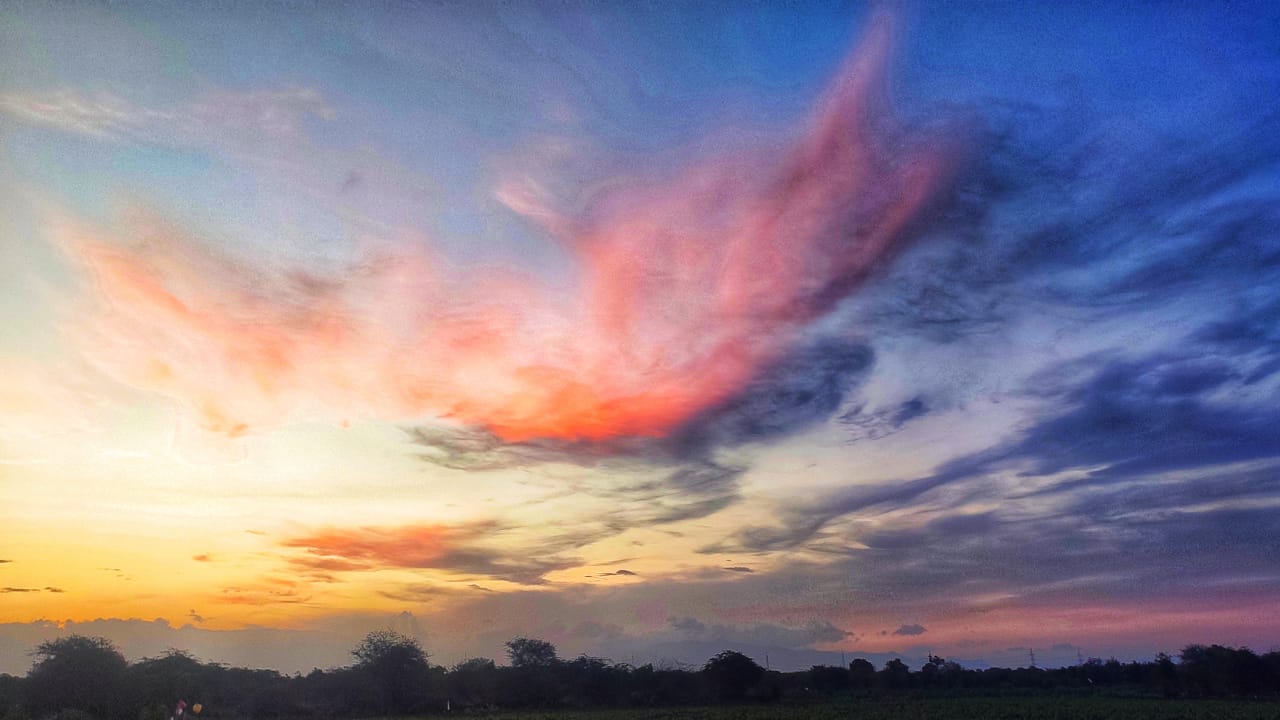
Throughout history, different cultures have interpreted the colors of the sky in various ways, attributing them to mythological, religious, or symbolic meanings. The blue sky has often been associated with tranquility and peace, while the red hues of sunrise and sunset have been linked to passion, change, or even omens. These cultural interpretations reflect the deep connection between humanity and the natural world, highlighting how the sky’s colors have inspired stories, art, and beliefs across civilizations. Exploring these cultural interpretations adds a rich layer of meaning to the scientific understanding of the sky’s color dynamics.
10. The Future of Our Skies - Environmental Considerations
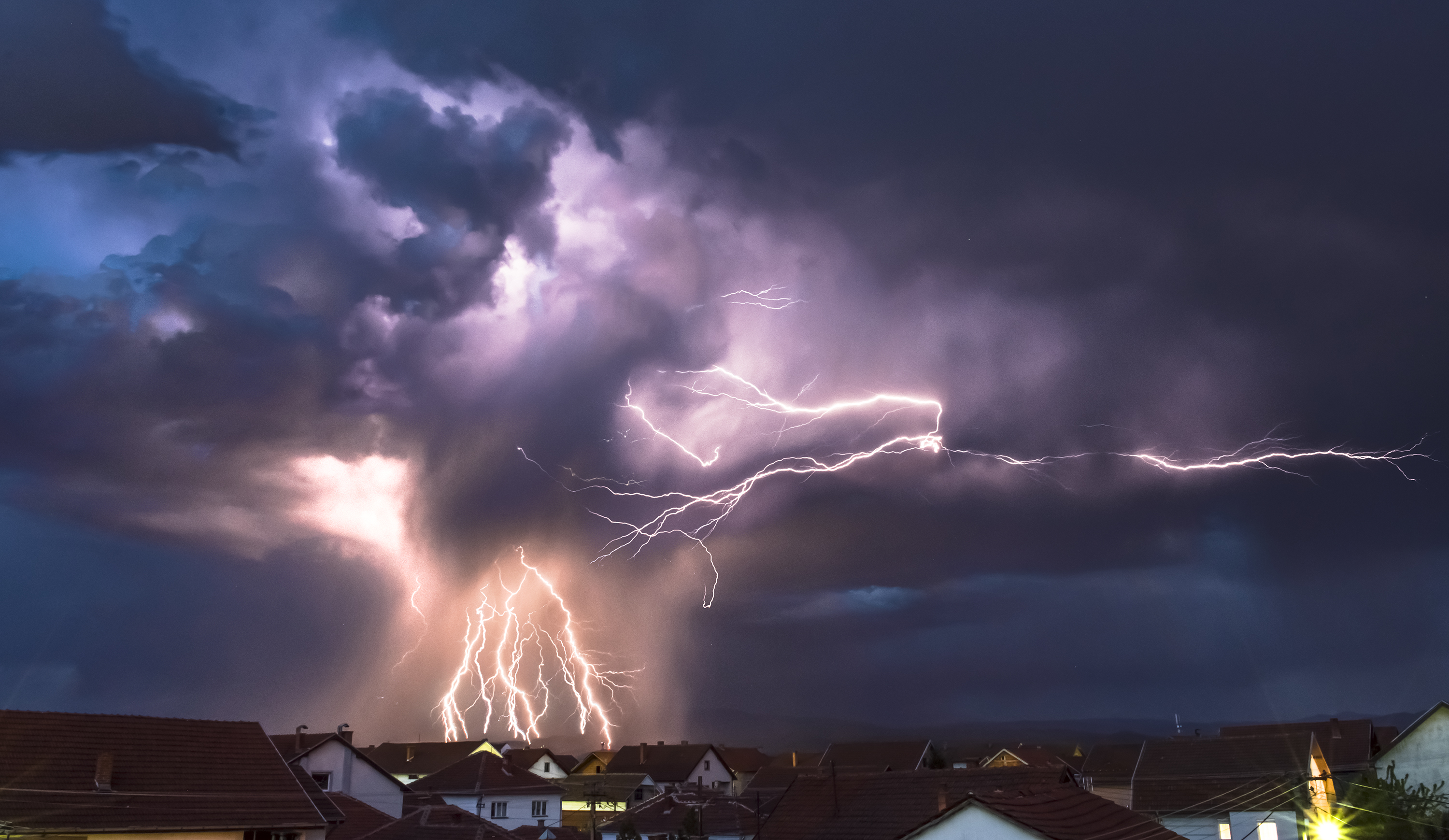
As we look to the future, the impact of climate change and environmental degradation on the sky’s color becomes a pressing concern. Increasing pollution levels can lead to more frequent and intense red skies, while changes in weather patterns may alter the frequency and intensity of blue skies. Understanding the delicate balance that creates the sky’s colors underscores the importance of preserving the environment and mitigating the effects of climate change. By protecting the natural processes that govern the sky’s color dynamics, we can ensure that future generations continue to enjoy the breathtaking beauty of our planet’s skies.
The sky’s dance between blue and red is a testament to the intricate interplay of natural forces that shape our world. From the scientific principles of light scattering to the cultural and environmental factors that influence our perception, each element contributes to the sky’s ever-changing palette. By exploring these 10 astonishing reasons, we gain a deeper appreciation for the complexity and beauty of the sky, recognizing its role as both a scientific wonder and a source of inspiration. As we look up at the sky, let us embrace this celestial dance, marveling at the delicate balance of factors that create the stunning vistas we often overlook.
